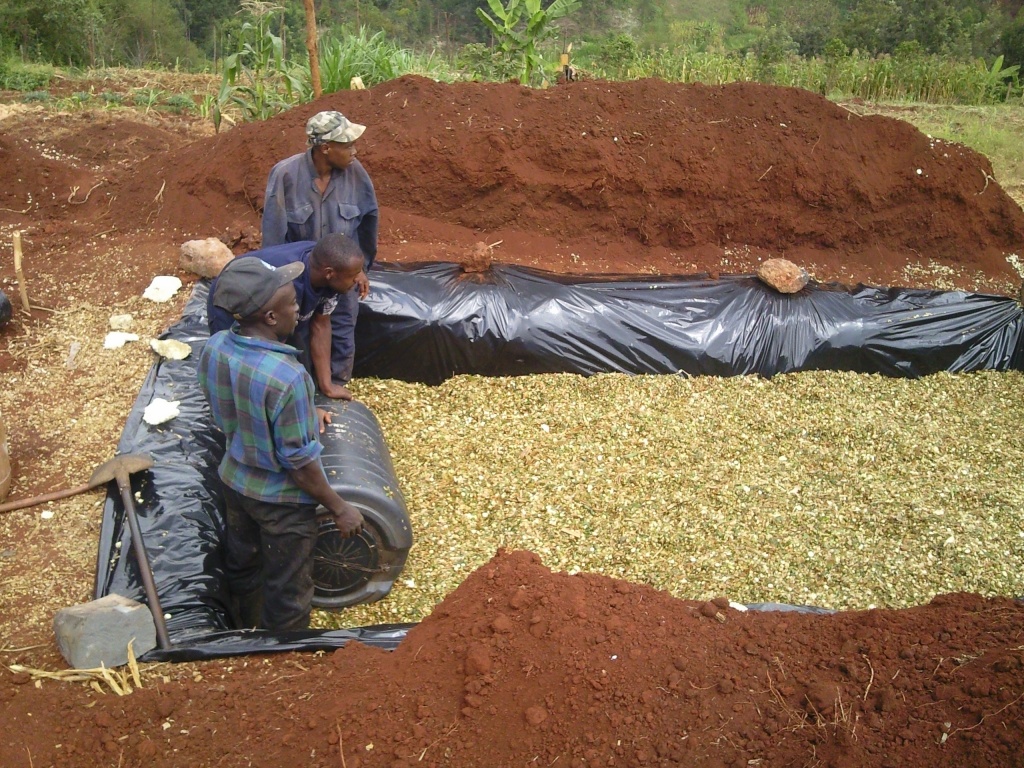Cyrus Kitur, a farmer at Kabiyet dairies cooperative society has quadrupled his milk yields from eight to 32 liters per day after making silage from his maize farm to feed his two cows.
The farmer has two pits of silage stored fodder which enables him to feed his cows comfortably all year round.
Related news
Polythene bag silage technology for increased milk yield
Molasses secures livestock silage for over a year for farmers
Farmers make silage from sweet potato vines
Earlier, I was reluctant to chop my maize crop to make silage for my cows. But after some analysis, I realized I could make more money from milk than grain maize. The dry season is no longer a challenge for me” said Kitur.
“As we are in the dry season between now and April, I had to plan early to ensure I have adequate feed for my cows”
He now earns Sh31, 000 on a good month translating to Sh372000 annually four times higher than what he used to earn from dry grains last year.
According to a report by the Kenya National Bureau of Statistics, milk production dropped by 17.5 per cent in the first five months of 2017 (dry months) forcing the government to allow tax-exempt milk powder imports to stabilize prices.
The report further indicates that 215.9m liters were sold to processors between January and May compared to 261.9m liters in a similar period in 2016. In order to curb this and ensure there is enough milk supply in 2018, farmers can make silage using surplus forage in their farms.

The silage making procedure
In 2017, Kitur chopped all the maize from his two acre farm for silage making. He hired two casual workers who dug two separate pits at a cost of Sh3000. Each dimension of the pit was 72 cubic feet enough to hold 1000kg of fresh, chopped material.
He purchased 20 meters of polythene sheeting at a cost of Sh250 per sheet for lining on the walls of the pits so as to avoid forage from coming into contact with the soil.
A 50kg of forage cut into one inch were emptied into the pits with even distribution. Kitur added molasses to the stored fodder at the ratio of 1:3. One liter of molasses was mixed with three liters of water and sprinkled over the chopped materials. The farmer used a garden sprayer to distribute the solution evenly allowing the silage to acid quickly and prevent rotting.
“It is important to compact the fodder after every addition to the pit to drive out all the air, this minimizes attack by fungi on bacteria inside” said Kitur.
The farmer is currently feeding his cows with the stored fodder twice every day, in the morning and in the evening. Each consumes approximately 30kg of the feed per day.
“To ensure that the milk has no silage smell, feed after milking or at least three hours before milking” said Kitur.
The farmer gets an average of 32 liters per day from the cows which he sells to Kabiyet dairies at a cost of Sh32 per liter. This earns him Sh1024 per day.
Write comment (0 Comments)

















